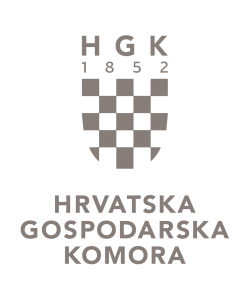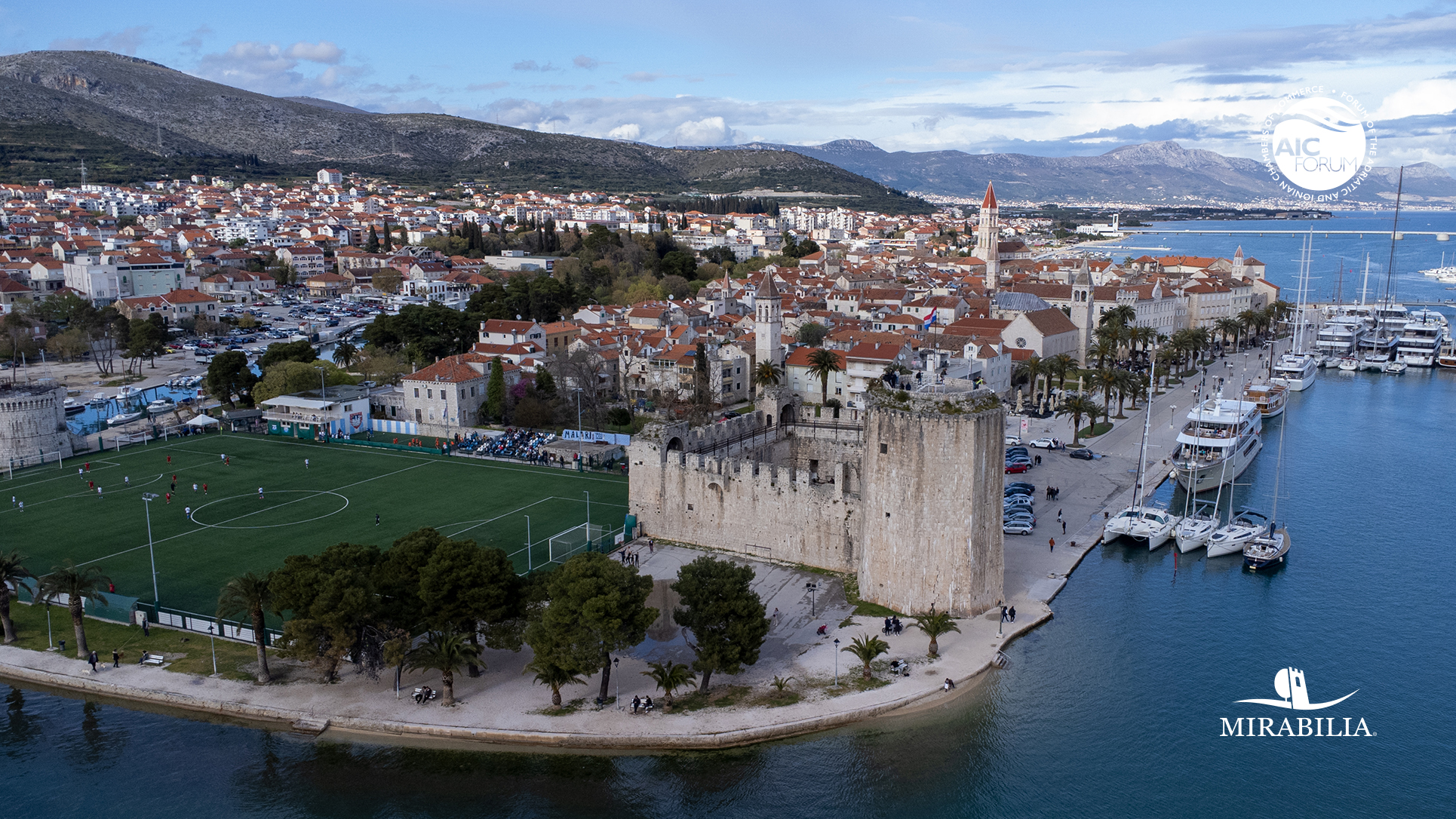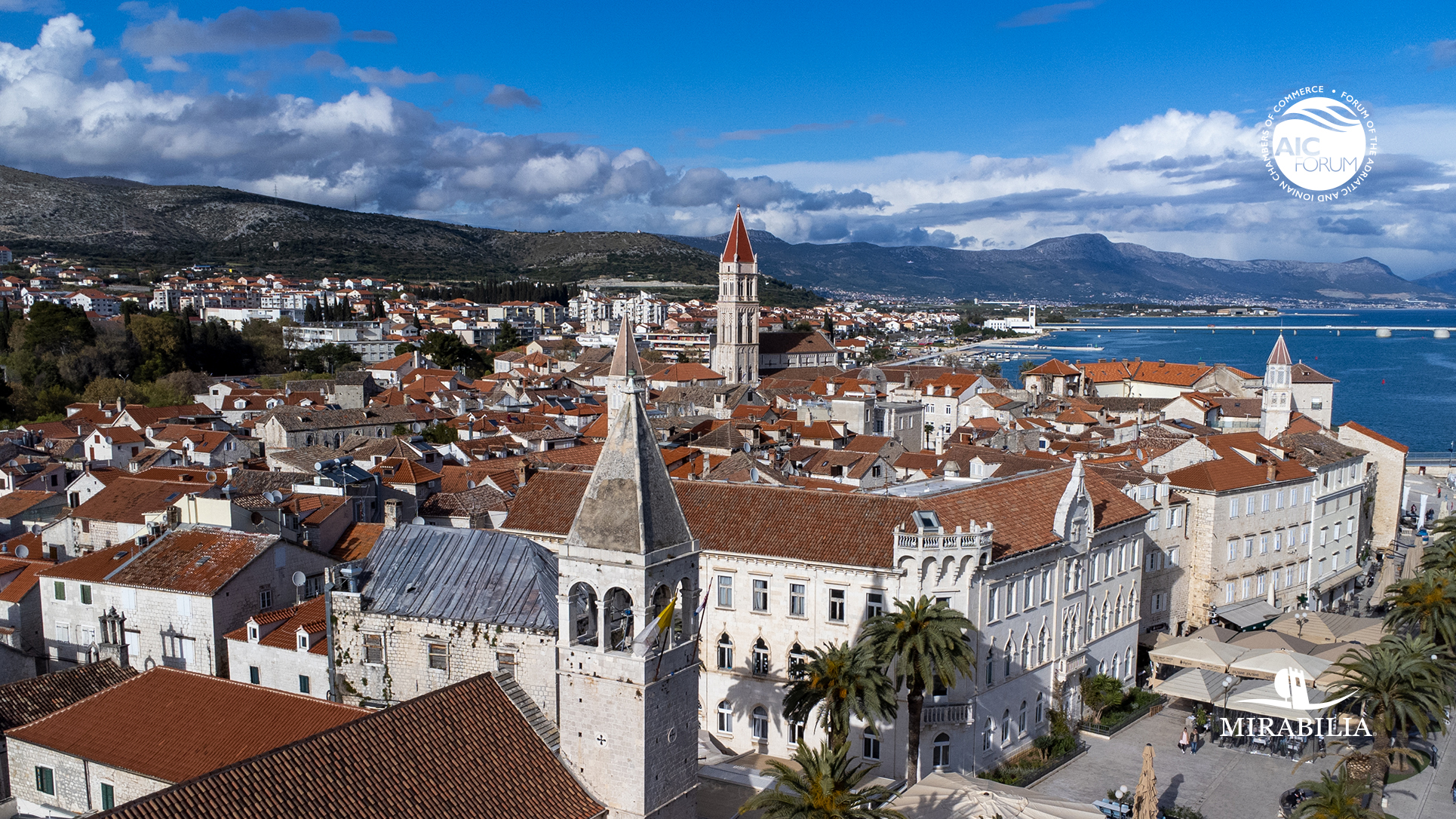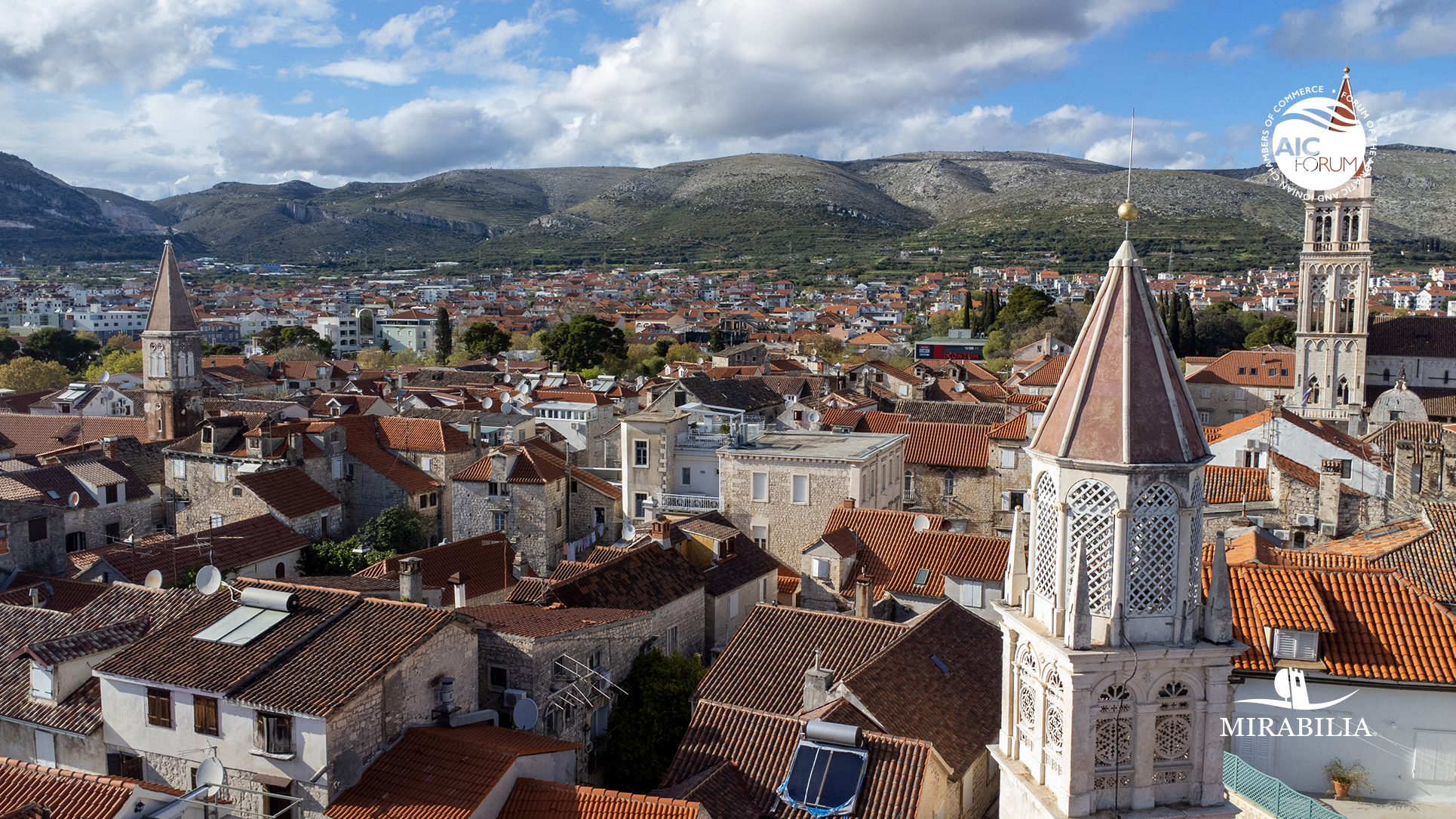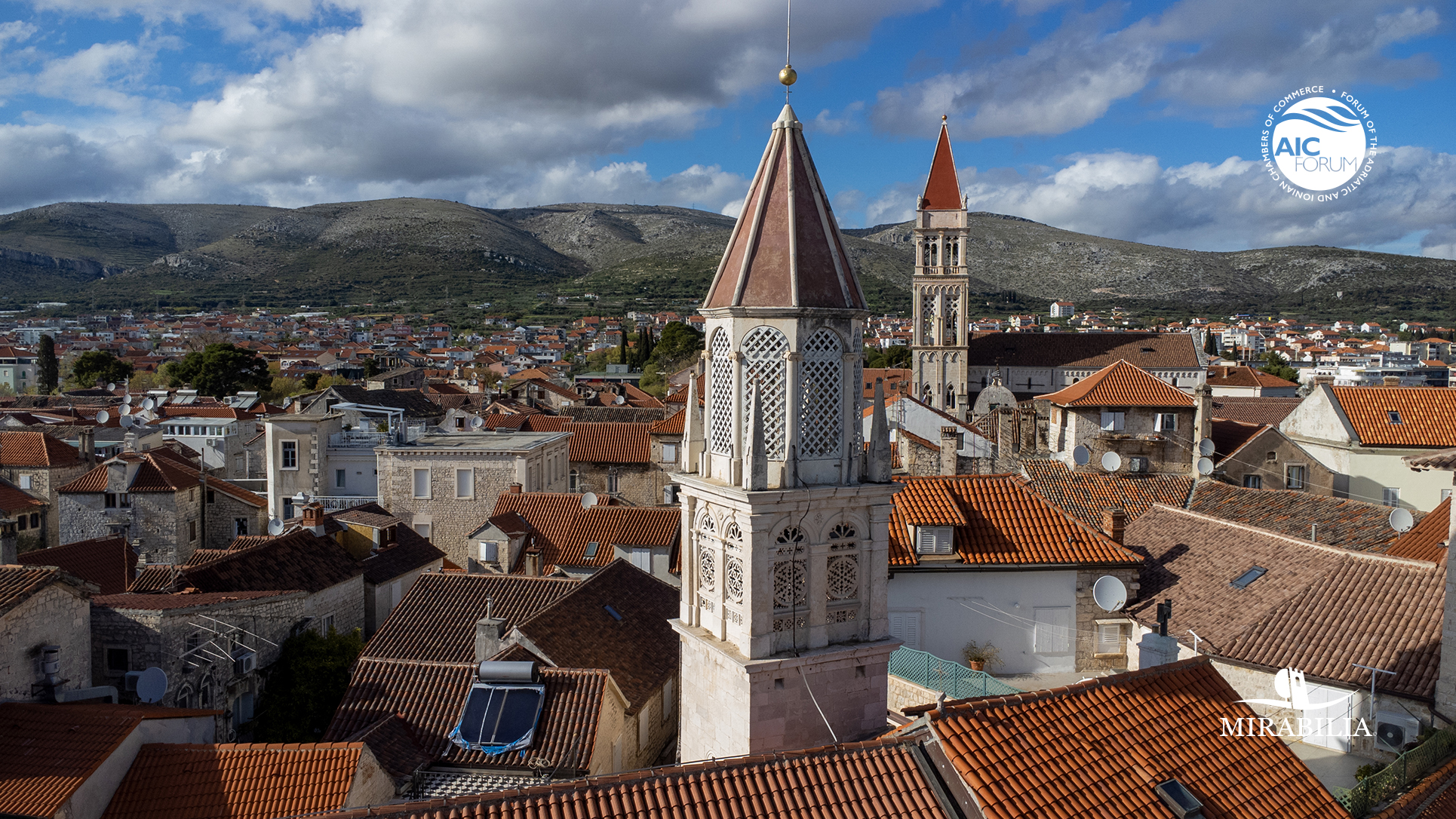Trogir is a remarkable example of urban continuity. The orthogonal street plan of this island settlement dates back to the Hellenistic period and it was embellished by successive rulers with many fine public and domestic buildings and fortifications. Its beautiful Romanesque churches are complemented by the outstanding Renaissance and Baroque buildings from the Venetian period. This city of Masters began its story with the portal of Master Radovan, Muscardello, Aleši, Blaž Jurjev Trogiranin, Firentinac and Duknović. These masters marked a turning point in the history of Trogir, placing it at the very top of the art world. The Committee decided to inscribe this property considering that Trogir is an excellent example of a medieval town built on and conforming with the layout of a Hellenistic and Roman city that has conserved its urban fabric to an exceptional degree and with the minimum of modern interventions, in which the trajectory of social and cultural development is clearly visible in every aspect of the town landscape.
HOW TO GET THERE
- Split airport,
- Trogir bus station.
- Trogir Harbour.
MUST SEE
The Cathedral of St. Lawrence, also known as the Cathedral of St. John of Trogir, is the most famous church in Trogir. The construction of the Cathedral lasted for five centuries and the mixture of styles can be seen on the bell tower. From the Gothic, Venetian floral Gothic style to the Renaissance. The most significant artistic value is in the main entrance or Radovan’s portal.
The church of Saint John the Baptist belonged to the Benedictine monastery. In this church you can see the collection of sculptures from the Cathedral and other churches. Some of the most famous are four Apostles by Allessandro Vittoria, works of Nikola Firentinac, the tombstone with Abbot Savin and many others.
The Monastery of Saint Nicholas and the collection of art “Kairos” -In this wonderful collection you can see the oldest relief in Trogir form 3rd century B.C. The relief shows the Greek God of happiness, Kairos, depicted as a young man with wings on his back feet.
Palaces and houses from different historical period still show all the splendour of the architecture and art of Trogir.
Towers, Fortresses and city loggias: Fortres Kamerlengo, built in the 15th century, is in the shape of an irregular trapezoid with four towers on its angles. During the Trogir Summer Festival,the Fortress becomes an open stage for world famous theatre performance and concerts.
CAN'T MISS
Island of Čiovo is connected by a bridge to Trogir. This picturesque island has many
beaches and is covered by a lush and rich Mediterranean vegetation.
Drvenik islands and Blue Lagoon. Drvenik islands can be reached by ferry. This small archipelago is full of smaller islands emerging from the blue sea. The island are full of beautiful paradise beaches and bays. The most famous beach is the Blue Lagoon near Krknjaši on the southern side of Drvenik Veli, making it an ideal place for anchoring and diving.
Pantan Mill is a unique blend of nature and history. The renovated Renaissance mills lay
on 12 springs of fresh water.
ASSOCIATED CHAMBER OF COMMERCE
Croatian Chamber of Economy- Split County Chamber
Obala Ante Trumbića 4 - 21000 Split
Tel: +385 21 321 100 ; +385 21 321 101
E-mail: hgkst@hgk.hr
Web: https://www.hgk.hr/zupanijska-komora-split
